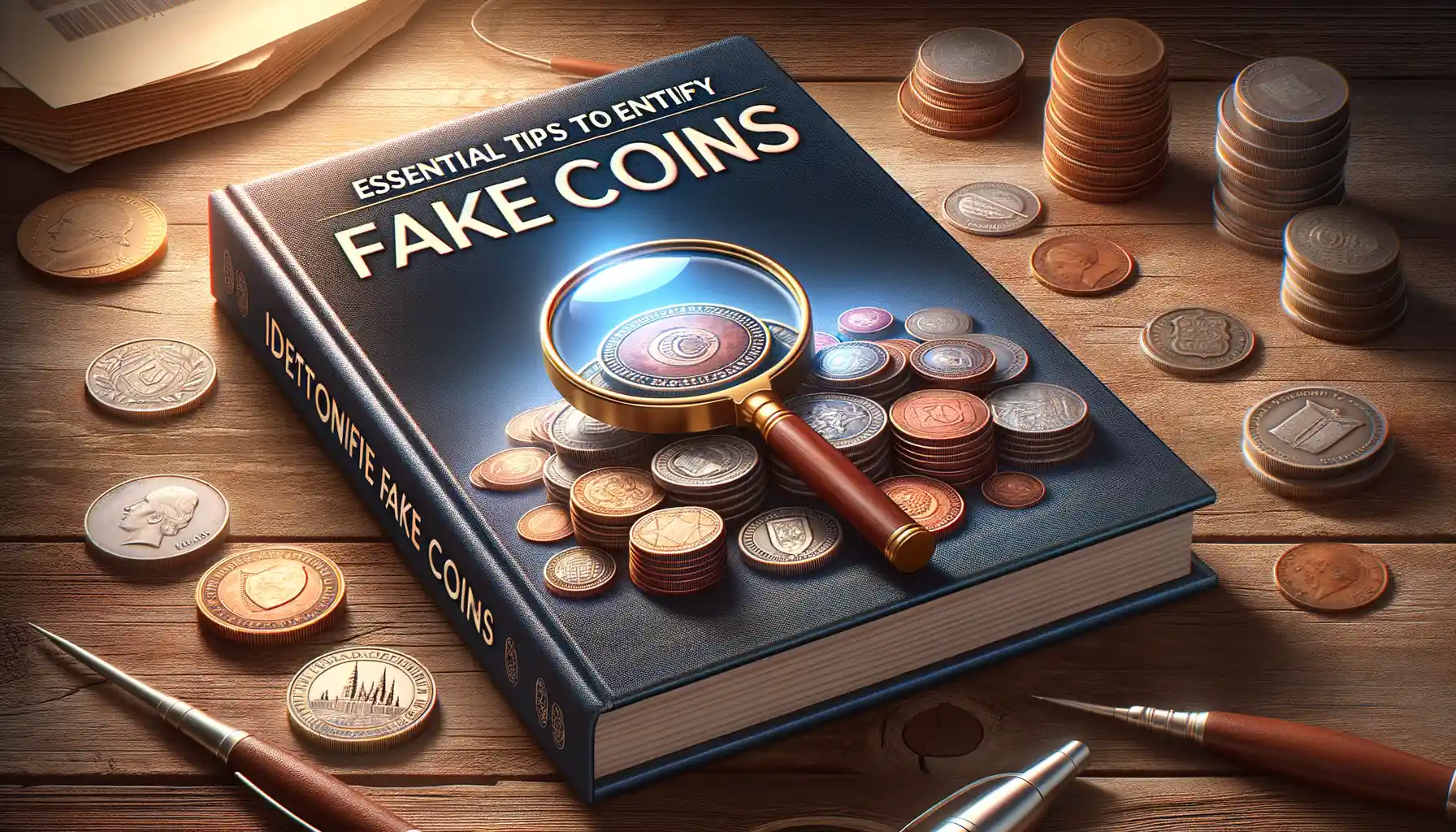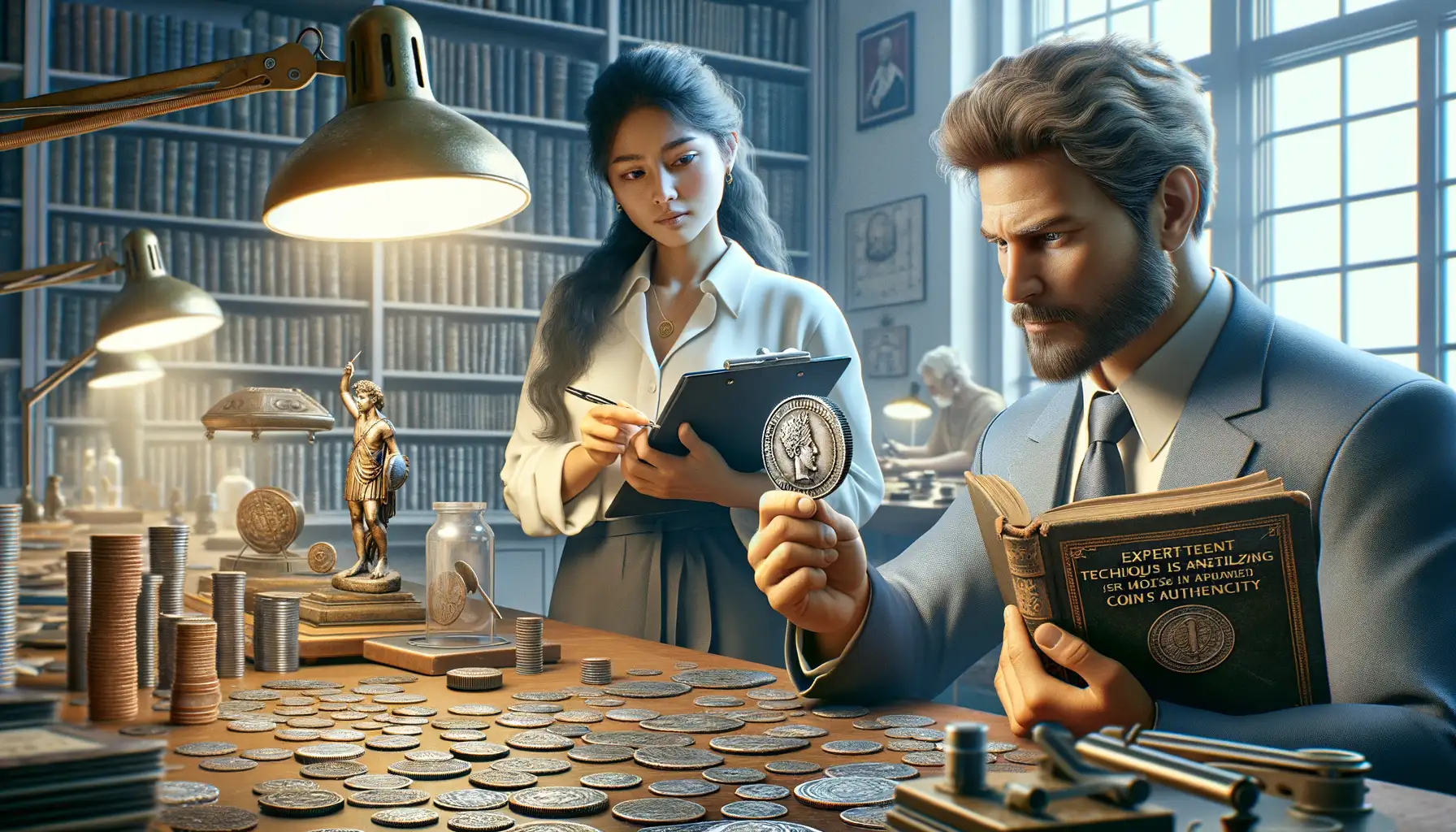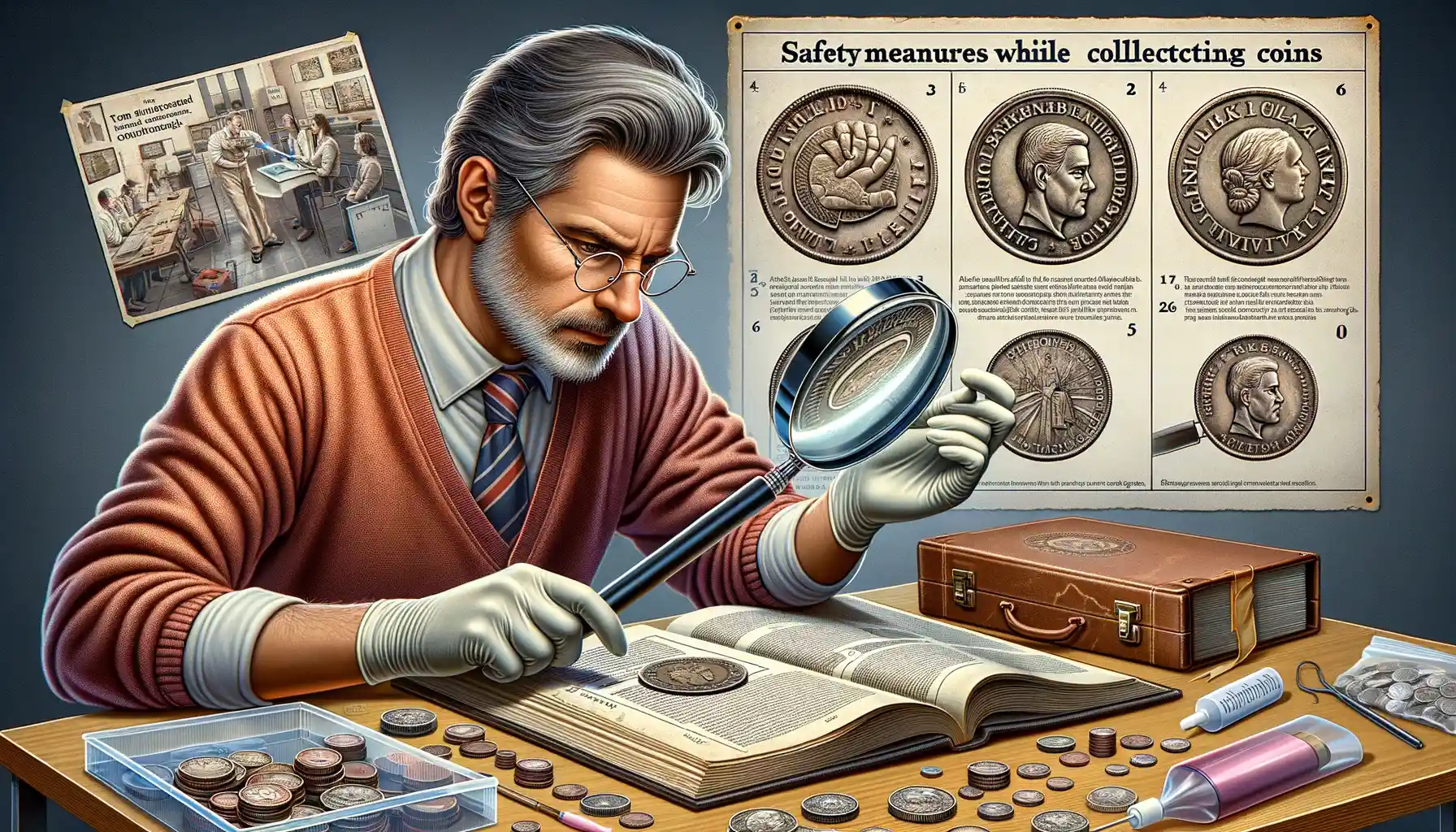Understanding Counterfeit Coins and Their Risks
Why Counterfeit Coins Are a Serious Threat
Imagine handling what feels like a treasure—its weight, the faint metallic ring, the gleam of aged silver or gold. But what if that “treasure” was no more than a brilliant illusion? That’s the risk counterfeit coins bring to collectors. These fakes aren’t just cheap imitations; they can be remarkably convincing, slipping into collections and wreaking havoc on both wallets and trust.
The stakes are high. Fake coins can infiltrate an otherwise pristine collection, tarnishing its value overnight. Beyond the financial hit, there’s something almost heart-wrenching about realizing a piece you treasured for years was never authentic. It’s a betrayal of history, craftsmanship, and passion.
Common Risks Associated with Counterfeit Coins
The dangers go beyond money lost. Here are some of the top risks:
- Fraudulent origins: Fake coins frequently circulate through unscrupulous dealers who prey on beginners and even seasoned collectors.
- Damaged reputation: Owning suspected counterfeits could hurt your standing in coin-collecting communities.
- Mistaken value: Fakes can generate false assumptions about rarity and worth, skewing market trends.
Every counterfeit coin has a story crafted to deceive—don’t let it become part of yours!
Essential Tips to Identify Fake Coins

Spot the Telltale Signs of a Counterfeit Coin
Ever held a coin in your hand and thought, “Something feels… off”? That gut feeling can be your first line of defense! Let’s decode the secrets fake coins try to hide.
Start with the weight—literally. Genuine coins have a distinct heft that fakes often miss. If it feels suspiciously light or too heavy, it’s waving a red flag at you. Then there’s the texture. Real coins tend to have crisp, clean details: raised edges, intricate designs, and uniform patterns. Fakes? They often look like they’ve been through a bad photocopier.
Take a close look at the lettering. Are the words clear and sharp, or do they seem smudged? Authentic coins boast precision; sloppy inscriptions are a dead giveaway.
- Sound check: Tap the coin gently on a hard surface. The ring of real metal is distinct and musical, while counterfeits sound dull or flat.
- Magnets don’t lie: Most legit coins aren’t magnetic. If yours sticks to a magnet, something’s fishy.
Trust your senses—your eyes, hands, and even ears can sniff out the pretenders. But remember, counterfeiters are crafty, so stay one step ahead!
Inspect Like a Pro with Simple Tools
Don’t let technology intimidate you; even simple tools can be your best friends in spotting phonies. Start with a magnifying glass. It’s like giving your eyes superpowers to catch microscopic flaws. Under magnification, you’ll notice poor craftsmanship—uneven ridges, blurry mint marks, or inconsistent finishes.
A scale is another must-have. Weigh your coin against its official specs. Even a fraction of a gram off could mean it’s fraudulent. For extra certainty, invest in a loupe (a jeweler’s dream device!) or a UV light to spot hidden anomalies invisible to the naked eye.
Counterfeit coins count on you skipping these basic checks, but armed with these tools, you’ll catch them in no time.
Expert Techniques for Analyzing Coin Authenticity

Mastering the Art of Metal Analysis
When it comes to authenticating coins, the metal isn’t just a material—it’s the coin’s DNA, an irreplaceable signature from its time of origin. A true expert approaches this step like a detective inspecting every clue. Here’s where you can start:
To go deeper, spark some science! Some collectors swear by the “ping test”—gently tapping a coin with a non-metal object and listening for ringing tones. Real silver sings; poorly made fakes tend to croak.
The Devil is in the Details
Tiny details can tell monumental truths. Look closely at engravings, letter spacing, and reliefs. Legitimate minting processes produce sharp, clean lines—not fuzzy edges or irregular fonts. If you have a loupe, examine repeatedly used motifs (like eagles or crowns) on official designs. Counterfeiters often slip up here, producing clunky features or mismatched textures.
Keep your eyes sharp—it’s all in the mastery of noticing what hides in plain sight!
Tools and Resources for Verifying Coins

Smart Gadgets Every Coin Collector Should Know About
When it comes to verifying coins, even the sharpest eyes can use a little help. That’s where specialized tools come in—think of them as your trusty sidekicks in the battle against counterfeit coins! These devices don’t just assist; they transform the way you approach authenticity checks.
- Digital Scales: A coin that feels slightly “off” in weight could be your first red flag. With a precise digital scale, you can measure down to the smallest gram and compare it to official specifications.
- Magnifying Loupes: Sometimes, the devil really is in the details. Use a loupe to inspect fine engravings, edges, and any unusual textures on the coin’s surface.
- UV Lights: Believe it or not, UV light can reveal hidden markers or irregularities that are invisible to the naked eye.
Must-Have Resources for the Informed Collector
Beyond tools, resources can be your secret weapon. There’s a wealth of information waiting to guide you. Dive into the Official Red Book, a collector’s bible full of accurate data on thousands of coins. Or explore trusted online forums like CoinTalk, where seasoned collectors share advice, tips, and success stories. Knowledge is power, after all!
How to Protect Yourself When Collecting Coins

Stay One Step Ahead of Counterfeiters
Coin collecting can feel like embarking on a treasure hunt—but even treasures come with traps. Protecting yourself starts with cultivating a sharp eye and a clear head. First rule? Never let excitement cloud your judgment, no matter how shiny or rare a coin appears. Scammers prey on passion.
Consider this: would you buy a diamond without verifying it? Treat coins the same way. Always purchase from reputable dealers with stellar feedback or established expertise. If you’re buying online, double-check seller reviews and avoid listings that seem too good to be true—they usually are.
Here’s a quick checklist to keep handy:
- Invest in a high-quality magnifying glass or loupe for inspecting fine details.
- Familiarize yourself with the weight, diameter, and design specifics of coins in your niche.
- Always request certificates of authenticity when purchasing from dealers.
Guard Your Collection Like a Pro
Once you’ve snagged a gem (authentic, of course!), safeguarding it is just as critical. Opt for storage solutions like acid-free holders or secure coin albums to prevent wear or corrosion. Keep your collection in a cool, dry space; humidity is a stealthy thief, silently degrading your treasures over time.
And don’t forget security. A fireproof safe or a bank deposit box can give you peace of mind, ensuring your hard-earned collection isn’t just valuable, but also well-protected. It’s better to be overly cautious than see your prized coins lost to carelessness!


